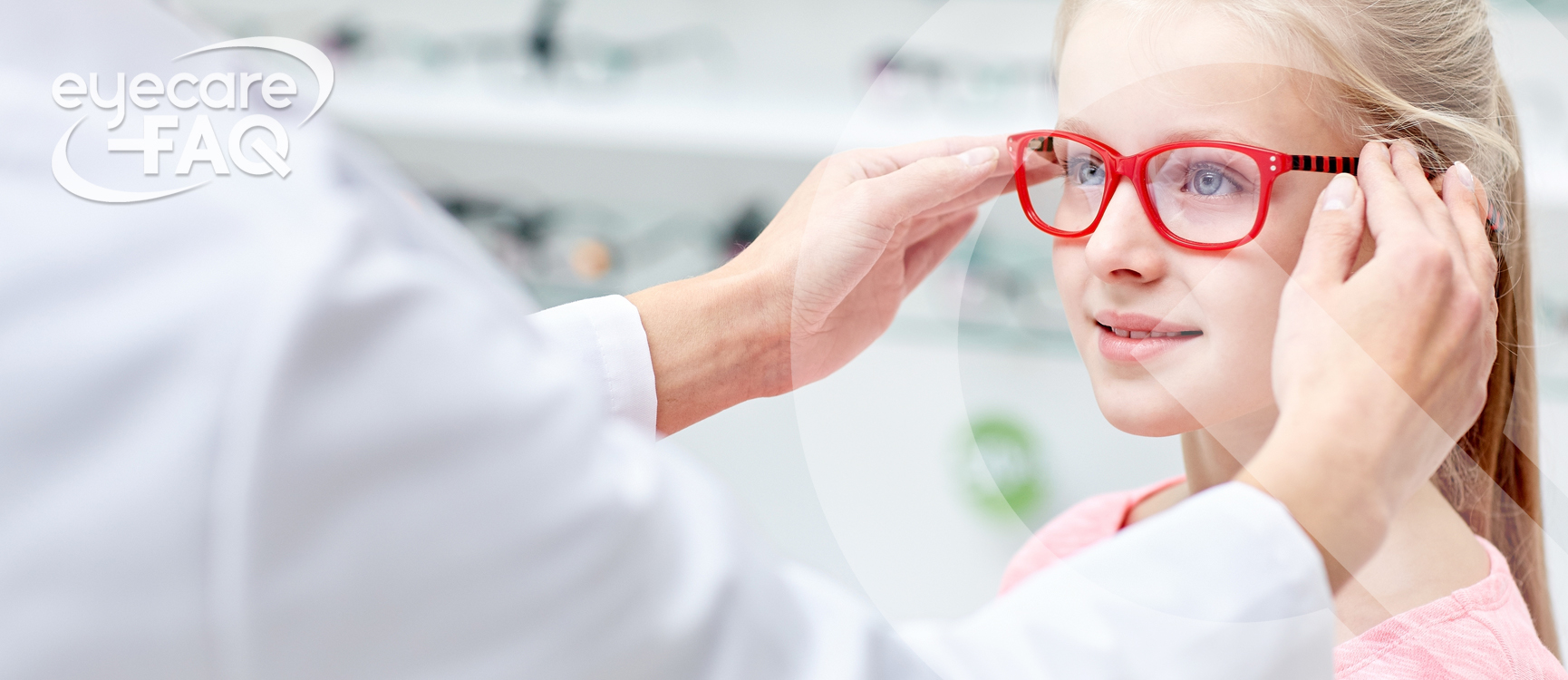What is myopia?
Myopia is another word for short-sightedness. People who are myopic struggle to see things at distance. With very high myopia you may only be able to see clearly a few centimetres in front of you. This can be remedied with glasses, and many myopes also like contact lenses.
It affects 1 in 3 people in the UK. Myopia is more than twice as prevalent among UK children now compared to in the 1960s. Myopia is most likely to start to occur between 4 and 13 years of age
Find out more about short-sightedness here.
What is low, moderate and high myopia?
Simple put your spectacle prescription is a set of numbers that describe the power of spectacle lenses that will give you the best vision. After the optometrist has completed the eye examination they will give you a copy of your prescription.
Eye care practitioners measure the focusing power of your eye using dioptres. This is a technical term for how strong a lens would have to be to give you focused vision. The higher the numbers the stronger your lens will be. For short sighted people the number will always begin with a minus sign “-“ ( the opposite is true for people who are long sighted who’s prescriptions will begin with a plus sign “+”
Low myopia usually describes myopia of −3.00 dioptres or less.
Moderate myopia usually describes myopia between −3.00 and −6.00 dioptres.
High myopia usually describes myopia of −6.00 or more.
Find out more here.
Why does myopia get worse?
Myopia in children can often get increase as they get older. It usually stops increasing at around the age of 20.
Research has shown that spending more time outside can slow down this increase in myopia in many instances- 90 minutes per day is recommended.
How is myopia managed?
People who are myopic struggle to see things at distance. With very high myopia you may only be able to see clearly a few centimetres in front of you. This can be remedied with glasses, and many myopes also like contact lenses.
There are new types of contact lenses and spectacle lenses for children that can slow myopia development for some children. Speak to your local dispensing optician about which option might be best for your child.
What are the serious consequences of myopia?
For most people with myopia, on a day to day basis it simply means they need specs or contact lenses to see better. However some research does show that as your level of myopia gets higher there is an increased risk of more serious eye problems such as risk of retinal detachment, macular degeneration, and types of glaucoma. This is why it is important to speak to your dispensing opticians about myopia management and how this can slow down increases in myopia.
Does myopia run in the family?
Myopia can run in families. This means that you have an increased chance of developing myopia if one or both of your parents have it.
Does too much screen time increase myopia?
Spending long periods of time focusing on objects close to you such as books, tablets, phones and PCs can increase myopia.
What is myopia management?
More children are becoming short-sighted. The new science of myopia control is all about ways to prevent increasing short-sightedness in children. New contact lenses and spectacle lenses are available which can reduce how short-sighted your child will become.
Talk to your contact lens optician or dispensing optician about the best options for your child.
What age are children likely to start becoming short-sighted?
Children typically start becoming short-sighted between the ages of four and eight, although this can start earlier or later. Short-sightedness generally progresses faster if it starts at a younger age. Research is ongoing in how to slow the progress of short-sightedness.
What can be done to stop my child becoming short-sighted?
There are a number of treatments being researched which may slow the increase of short-sightedness in children. One pharmaceutical treatment using eye drops has been shown to be effective, but this can temporarily blur the child’s close vision– these eye drops are not currently licensed for use in the UK. For options that are available here the most success has been shown so far using specially designed contact lenses or spectacle lenses which slow the progression of short-sightedness in nearly 60% of children using them. There are things you can do to help your child too. Long hours of close work, reading or on screens influences the development of short-sightedness. Time outdoors is linked to less short-sightedness. I
f you are concerned about your child’s eyes, book a sight test and speak to your local dispensing optician.
Can my child wear contact lenses?
Most children can wear contact lenses from a young age. For younger children contact lens wear needs the parent, child and contact lens optician to work together. Contact lenses can be great for younger children with high prescriptions and those who find their specs get in a way of activities. New types of contact lens have been shown to slow the development of short sightedness in children which is another advantage.
Ask to speak to a contact lens optician about this if you want to find out more about contact lenses for your child.

